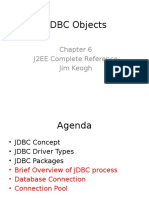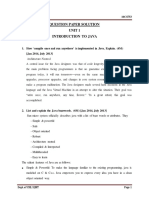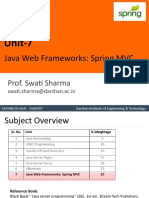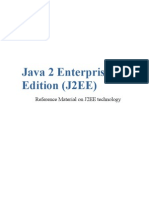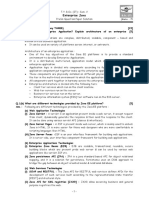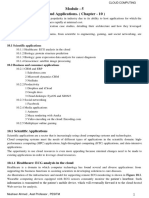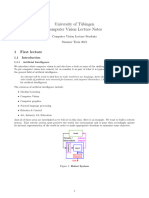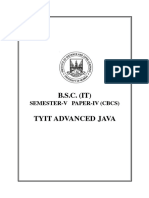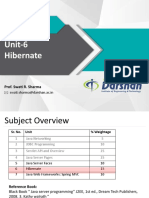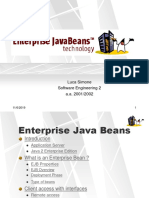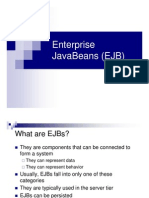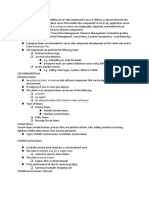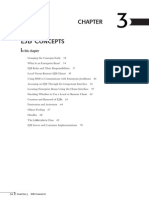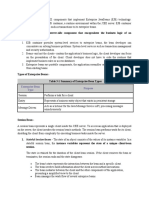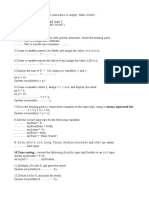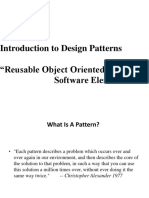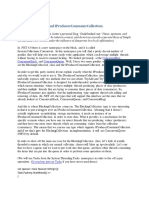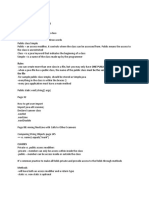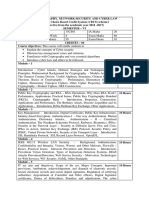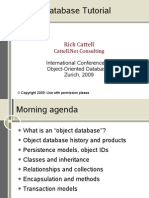0% found this document useful (0 votes)
211 views61 pagesJava Ejb Presentation
The document provides an overview of Enterprise Java Beans (EJBs), including what EJBs are, the different types of EJBs (session beans, entity beans, message-driven beans), and how clients can access EJBs either remotely or locally. It discusses the key concepts of EJBs such as their use in multi-tier architectures, transaction management, security, and persistence.
Uploaded by
priya419Copyright
© Attribution Non-Commercial (BY-NC)
We take content rights seriously. If you suspect this is your content, claim it here.
Available Formats
Download as PPT, PDF, TXT or read online on Scribd
0% found this document useful (0 votes)
211 views61 pagesJava Ejb Presentation
The document provides an overview of Enterprise Java Beans (EJBs), including what EJBs are, the different types of EJBs (session beans, entity beans, message-driven beans), and how clients can access EJBs either remotely or locally. It discusses the key concepts of EJBs such as their use in multi-tier architectures, transaction management, security, and persistence.
Uploaded by
priya419Copyright
© Attribution Non-Commercial (BY-NC)
We take content rights seriously. If you suspect this is your content, claim it here.
Available Formats
Download as PPT, PDF, TXT or read online on Scribd
/ 61
